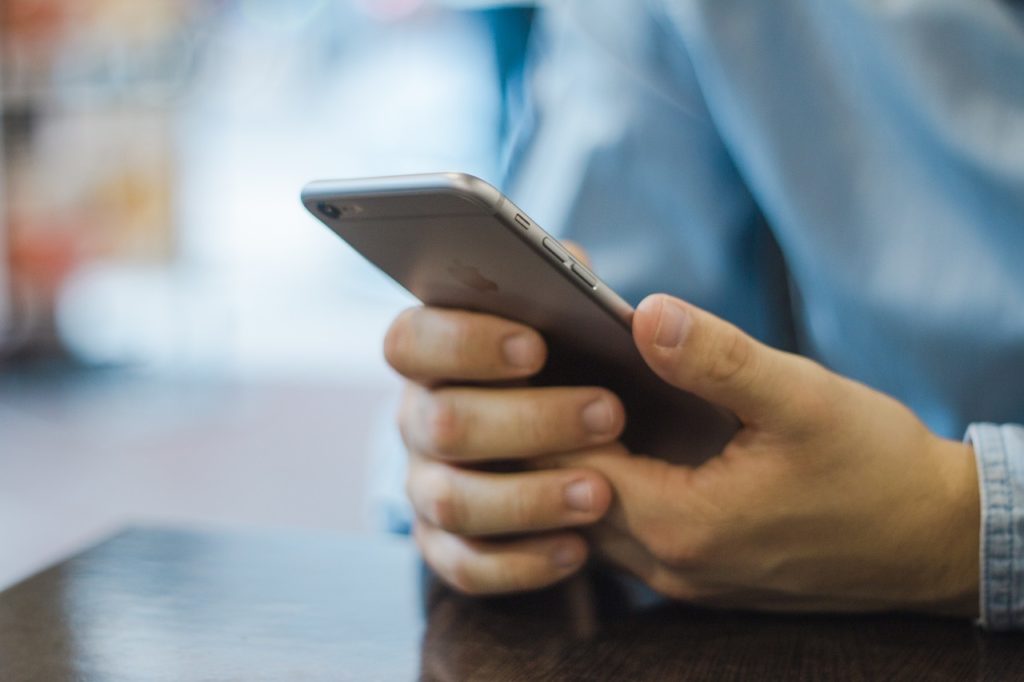The smartphone market is changing so quickly these days that it’s easy for statistics on important issues such as smartphone ownership and usage to become outdated almost as soon as they’re released. When you’re dealing with a type of technology that’s evolving as rapidly as the smartphone, figures that are no more than a few years old no longer paint the most accurate picture. Fortunately, organizations such as the Pew Research Center, a US-based nonpartisan fact tank, regularly conduct comprehensive surveys on smartphone-related subjects to enable everyone from policymakers to marketers to have the latest numbers at their fingertips. Read on for a roundup of six of the latest statistics about smartphones that Pew released in mid-2017.
-
77%: the percentage of US adults who report owning a smartphone.
This figure provides an excellent illustration of how quickly smartphone statistics can change. Between 2011 and 2016, when the most recent Pew survey was conducted, smartphone ownership rates among US adults more than doubled, increasing from 35% in 2011 to 77% in 2016. This makes the smartphone one of the most quickly adopted consumer technologies in modern history. Not surprisingly, the highest rate of smartphone ownership is among 18- to 29-year-olds, of whom 92% reported owning a smartphone. However, older adults have been adopting the technology in increasing numbers as well: 42% of adults over 65 reported owning a smartphone in 2016, as compared with just 18% in 2013.

-
28%: the percentage of US adults who have used a smartphone for job hunting.
Recent research makes it clear that the use of smartphones for “non-traditional phone activities,” which generally refer to any activity other than calling or texting, is on the rise. According to data from a 2015 Pew survey, 28% of US adults had used a smartphone as part of their job search (and once again, these rates were even higher for younger adults, with 53% of 18- to 29-year-olds reporting this type of smartphone use). Other common “non-traditional” smartphone activities included using mobile dating apps (9%), and reading e-books (13% in 2016, up from 5% in 2011).
-
51%: the percentage of US adults who have made online purchases on their smartphones.
Smartphones are transforming how consumers shop, and not only by making it easier for them to make purchases online (which 51% of US adults report doing): it’s also increasingly serving as an important tool for shoppers while they are inside a brick-and-mortar store. Pew data from 2015 revealed that 59% of US adults had called or texted someone from their mobile device while out shopping to discuss the purchases they were thinking of making. Similarly, 45% used their smartphones while in a store to look up online reviews and additional product information, or to try to find a better price for their prospective purchase online. Finally, 12% of in-store shoppers reported using their devices to pay for their purchases, and that figure is expected to grow as secure mobile payment methods become more widely accepted.
-
12%: the percentage of US adults who rely on smartphones for Internet access.
In 2016, a reported 12% of US adults were “smartphone-only” Internet users. In other words, they had no broadband Internet connection at home and relied exclusively on their smartphones for personal Internet access. This represents a significant jump from the 8% of smartphone-only Internet users reported in 2013. Furthermore, and not surprisingly, this figure is closely connected to household income levels. Approximately 20% of adults with household incomes of less than $30,000 are smartphone-only Internet users, but that percentage drops to just 4% for adults with household incomes of over $100,000.

-
28%: the percentage of US smartphone owners who do not use a screen lock.
Despite the fact that smartphones contain huge amounts of sensitive personal data, more than a quarter of all US smartphone owners are not taking proper security steps. About 28% of the respondents in Pew’s 2016 survey said they did not have a screen lock—which is widely recommended by experts as both the most important and most basic security measure available—and didn’t use any other features to secure their devices. In addition, although keeping a smartphone’s apps and operating system updated is a highly recommended way to minimize the risk of data breaches, 14% of smartphone owners said they never update their device’s operating system, while 10% reported never updating their apps.
-
46%: the percentage of US smartphone owners who say they couldn’t live without their devices.
In a 2014 Pew survey, researchers gave smartphone owners pairs of words or phrases and asked them to choose which one best described their feelings about their devices. About 46% chose “couldn’t live without,” while a slight majority of 54% chose “not always needed. When presented with other word pairings, survey respondents were far more likely to choose the positive option: for example, 72% chose “connecting” while 28% chose “distracting”, and 93% chose “helpful” while just 7% chose “annoying”.

